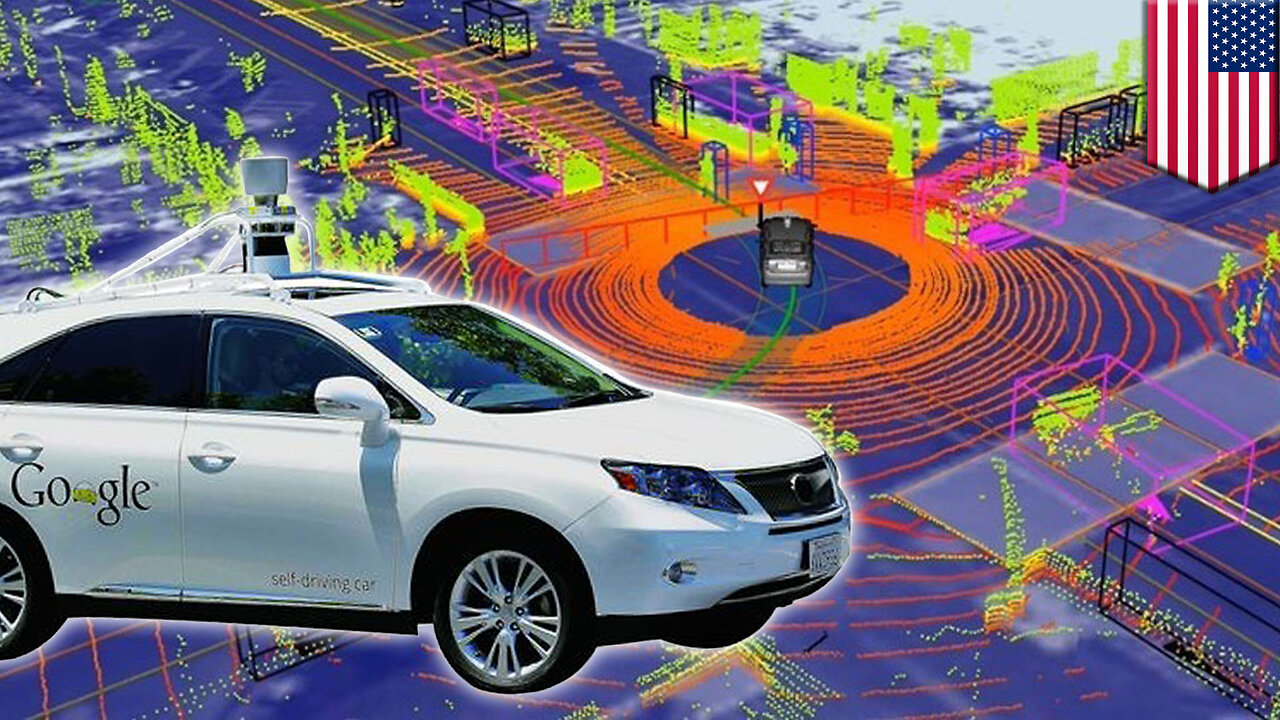Premium Only Content

Google autonomous vehicle: How do Google’s self-driving cars work? - TomoNews
MOUNTAIN VIEW, CALIFORNIA — A Google self-driving car finally was the cause of a crash on Valentine’s Day after driving more than 1.3 million miles since 2009, reported Wired. No one was hurt and the damage was minimal, but the crash shows that companies developing the technology still have a ways to go before autonomous vehicles are actually commonplace. In mid-February, as it was driving on a three-lane road in Mountain View, California, a Google self-driving car trying to merge into the center lane hit a public bus. The car had expected the bus to yield. In a statement issued on Monday, Google says it “bears some responsibility” in last month’s crash, reported Reuters. In the same statement, Google says it has reviewed the crash and made some changes in their cars’ software to prevent similar incidents. Unlike human drivers who can react quickly to unexpected behavior or obstacles on the road, autonomous vehicles aren’t always able to do that yet. This is just one of the few important wrinkles Google and other tech companies testing autonomous vehicles need to smooth out. Another flaw with Google’s cars is that they require the roads they’re traveling on to be precisely mapped out, otherwise the vehicle is unsure of how to behave. These maps are extremely detailed digitizations of the physical world, where things like even the height of every single curb is measured out. However, in general the technology is well-developed and companies have been running tests on the cars for years. Before February’s incident, Google reported that its driverless cars had only been involved in 17 accidents, all of which were caused by human error. What allows self-driving cars to be such “careful” drivers is the combination of GPS systems, cameras and various sensors that tell the cars where they’re going, how to get there and what’s around them at all times. The autonomous vehicles use GPS to match their position with customized Google maps. This allows the cars to select a starting point and an end point, as well as to choose the best routes to take. Radars in the front and back of the cars keep track of other vehicles on the road. The LIDAR sensor rotates 360 degrees and detects the distance between the autonomous vehicles and surrounding objects. A video camera behind the front windshield is able to read road signs and traffic lights.
-

Tudor Dixon
1 hour agoKarol Markowicz on Freedom, Immigration, and Saving the American Dream | The Tudor Dixon Podcast
51 -
 2:03:25
2:03:25
The Quartering
5 hours agoFlag Burning, Free Speech, Church Attack & More With Andrew Wilson
187K293 -

The Robert Scott Bell Show
19 hours agoDr. Peter McCullough, Vaccines: Mythology, Ideology, and Reality, Dr. Dan Sullivan, Chiropractic - The RSB Show 8-27-25
18K -
 1:21:03
1:21:03
Darkhorse Podcast
5 hours agoFreedom, Tyranny, and Childhood Lost: The 291st Evolutionary Lens w/ Bret Weinstein & Heather Heying
34.2K17 -
 LIVE
LIVE
LFA TV
11 hours agoLFA TV ALL DAY STREAM - WEDNESDAY 8/27/25
1,355 watching -
 2:34:01
2:34:01
Steven Crowder
5 hours agoBREAKING: Minnesota Catholic School Shooting Update - Shooter & Manifesto
319K463 -
 42:22
42:22
Stephen Gardner
2 hours ago🚨CHICAGO Mayor PISSED as Residents BEG Trump to send National Guard
23.4K7 -
 1:17:28
1:17:28
The HotSeat
3 hours agoChristian School Shooting in Minnesota – Faith Under Fire & Prophecy Being Fulfilled
15.6K14 -

Film Threat
18 hours agoPEACEMAKER BLOWS GUNN'S DC! PLUS ALIEN: EARTH AND DEXTER RESURRECTION | Hollywood on the Rocks
9.5K -
 1:05:34
1:05:34
The Kevin Trudeau Show Limitless
8 hours agoKevin Trudeau Uncensored The Untold Story Of Wealth, Health & Business Success
6.41K1